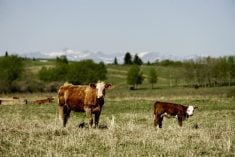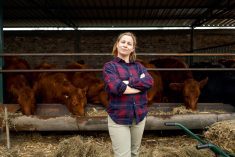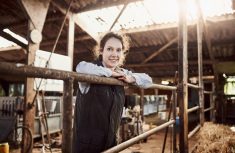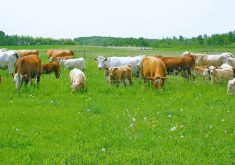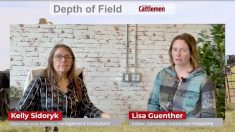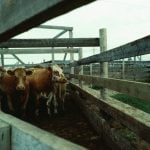Given the increase in the value of livestock and the market volatility, we need to cover our risks.
First, I think we should consider our risk tolerance level. An investment advisor can present tools for assessing risk tolerance. On many farms and ranches, complete alignment on risk tolerance is unlikely. Ages, personality styles and life stages will have an influence.
Read Also
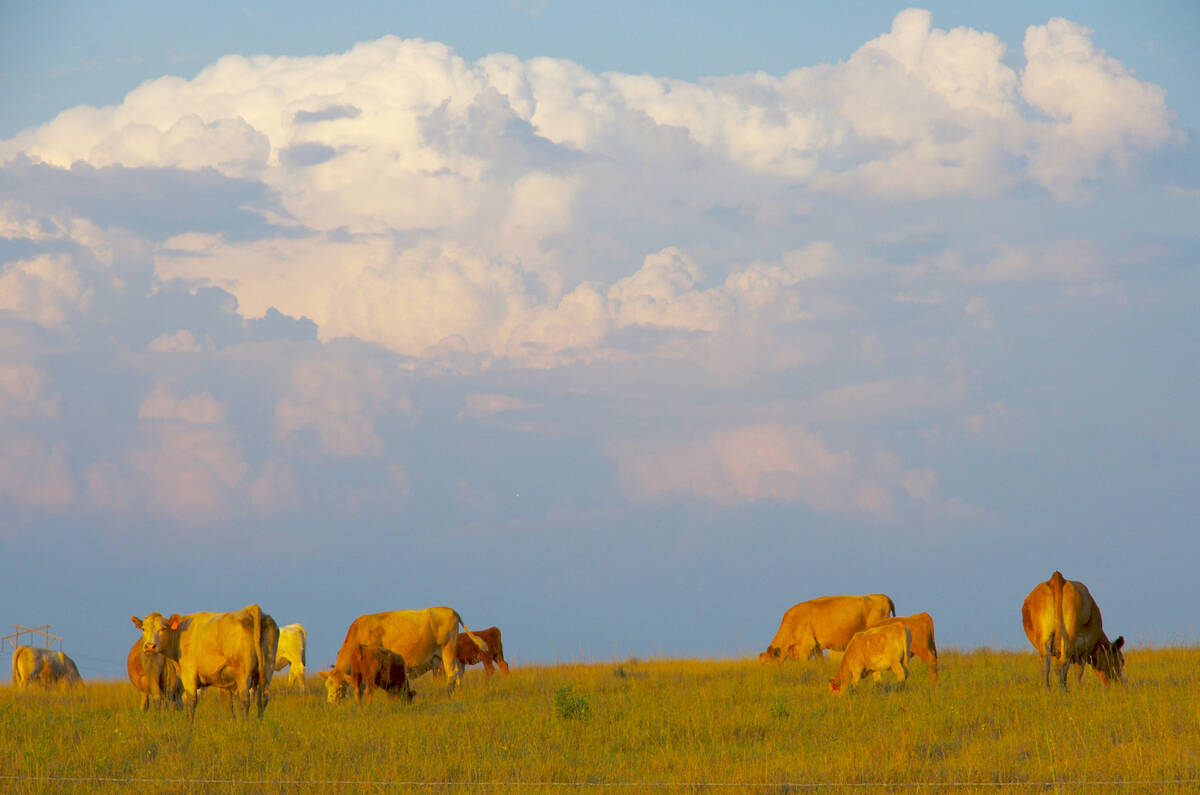
Canadian Beef Check-Off Agency reports on investments and activities
The check-off agency’s work behind the scenes is what ensures cattle check-off dollars are invested wisely, accounted for transparently and deliver measurable value back to producers and importers.
In the holistic management approach to financial planning, we ask people their definitions of wealth. Most describe much more than actual dollars. Often the components of living a full and meaningful life make up the definition. The broader conversation can then drill down to specific numbers. How much is enough?
Risk management is the process of identifying, analyzing and mitigating potential threats to an organization. The key aspects are:
- Risk identification
- Risk assessment
- Risk response planning
- Risk monitoring and control
Risk management techniques we can use include:
- Avoidance — eliminate risk entirely
- Transfer — shift to another party through contracts or insurance
- Mitigation — reduce the likelihood or effect
- Acceptance — accept the risks and potential consequences
One example of applying the transfer concept is with livestock price insurance, available in Alberta through AFSC. On a recent webinar hosted by Foothills Forage Association, Ryan Copithorne of Cows in Control emphasized the importance of some type of risk management, citing livestock price insurance as one option. We all have a toolbox and can select those tools most appropriate to our situation.
Grain farmers have long had crop insurance protection, but it has only been more recently available to us livestock producers. Of note, the premiums for cropping coverage are subsidized by the provincial governments, but that is not the case with livestock insurance. Moisture insurance is another tool that seems to be more relevant in the drier years, at least on our operation.
Livestock price insurance “is to cover your investment, not lock in a profit,” Copithorne said. This insurance is available for both cattle and hogs in B.C., Alberta, Saskatchewan and Manitoba. Livestock price insurance is now also available in New Brunswick, Nova Scotia and Prince Edward Island, and Ontario has the Risk Management Program.
Copithorne does not work for AFSC and so directed people to AFSC’s website for more detailed information (afsc.ca/livestock-price-insurance). He also mentioned that we should be looking at more than cow inventory numbers, as there are other factors at play in the beef market. Overall beef production in North America is not as low as the inventory numbers would suggest, he said. Efficiencies and livestock from other classes or countries have had an effect.
Livestock price insurance coverage is based on a formula derived from the futures market, the value of the Canadian dollar and the basis. The calf formula also includes the feeder-to-calf price spread and the spot barley price from Lethbridge. People can purchase insurance Tuesday to Thursday from 2 p.m. to 11 p.m. MST. I would love an explanation of these times (perhaps tied to the hours of the Chicago Mercantile Exchange). I personally do not make the best decisions in the later hours and would like the opportunity at the beginning of the day, not the end.
There are three categories, all based on steers: fats, feeders and calves. All include different coverage levels, with premium costs per hundredweight, and expiry dates. Calf insurance is only available to purchase from February to June to accommodate intended marketings from September to February. A claim window starts four weeks before the settlement date. One is not actually insuring their own cattle but insuring the market activity around the settlement date. The fed settlement index is based on Canfax data. The feeder and calf settlement indexes are based on weekly data collected from online and auction markets across Western Canada.
In the earlier days of the program, when we were in a rising market, we actually insured the same group of yearlings three times for our own operation. Seems crazy but we covered the premium and locked in a rising profit each time. If nothing else, it helped us sleep better at night.
Copithorne also shared that even though price insurance has not paid out every year, in the years it did pay out, it more than covered all the premiums.
Of course, hedging through the futures market is another strategy used by many. It requires a more sophisticated understanding of markets, and I would need professional expertise to deploy it.
Copithorne also said that each cow in Western Canada ensures at least 10 acres of grassland remains intact. “Forage acres are down by half, but the cow is the key unit to conservation policies,” he said. We as producers should be sharing this information.
In many ways, we now find ourselves in a different ball game than we did a short time ago. Be it property insurance, vehicle insurance or production insurance, each operation will make its own decisions. As I mentioned at the beginning of this column, it is also a sound business practice to determine risk mitigation and tolerance levels in strategic planning.


